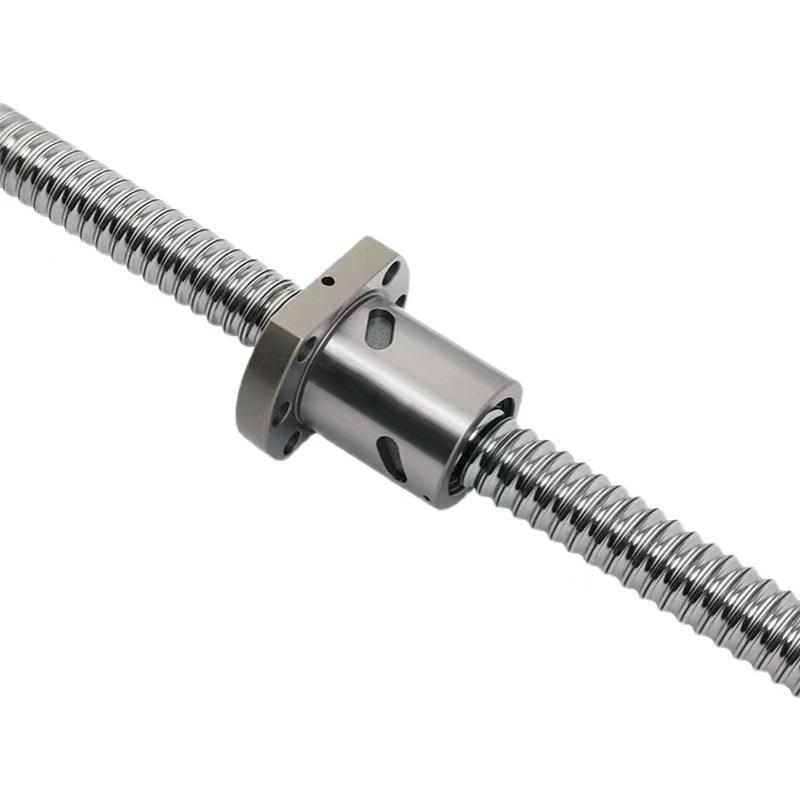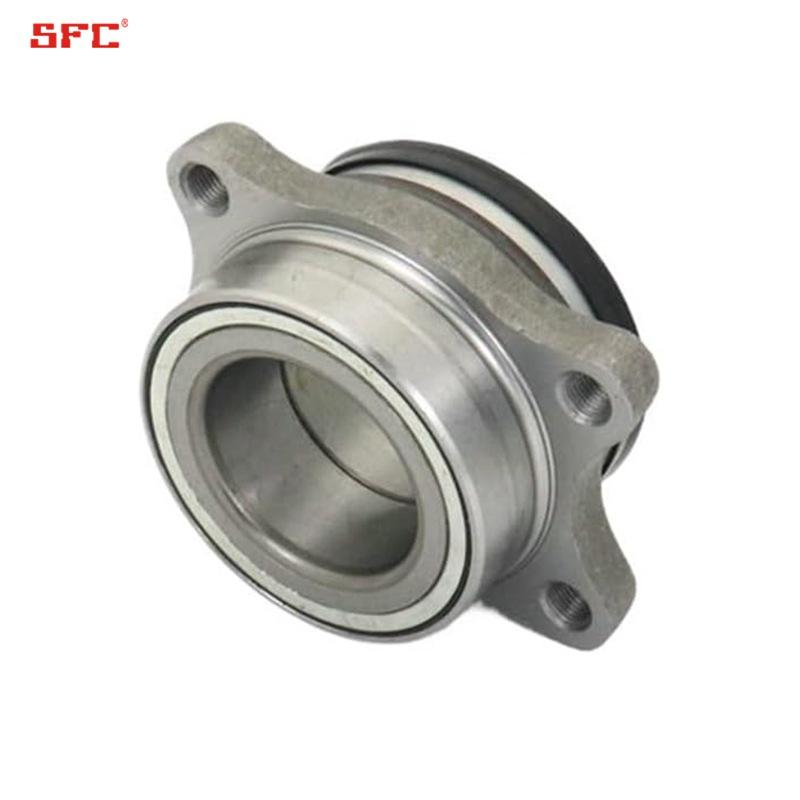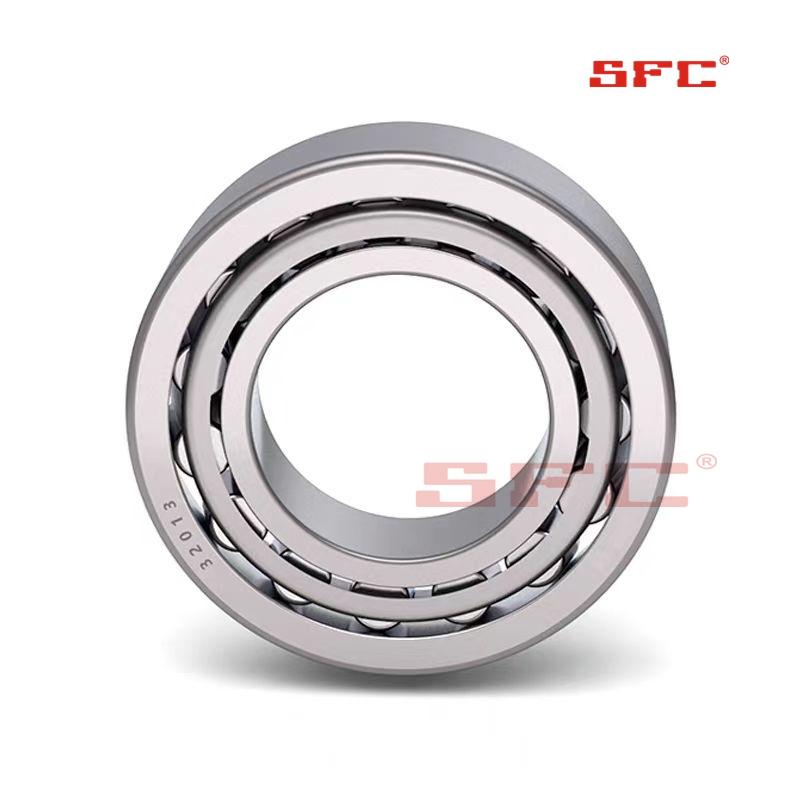What is the difference between air bearings and magnetic levitation bearings?
Air bearings and magnetic levitation bearings are both high-precision, non-contact bearing technologies, but their principles and application scenarios are different.
1.Principle: Air bearings use the compression of gas to generate support force, which floats the rotor and achieves the function of bearings. The supporting force of air bearings mainly consists of two parts: one is the air film pressure, and the other is the inertial force. Among them, the gas film pressure is formed by the compression of the airflow generated by the high-speed rotating gas, and the inertial force is generated by the centrifugal force of the rotor. Magnetic levitation bearings use the force field generated by electromagnetic fields to support the rotor and achieve bearing functions. Magnetic levitation bearings are mainly composed of permanent magnets and electromagnets. The permanent magnets generate a constant magnetic field, while the electromagnets generate a controllable magnetic field. The force generated by the interaction between the two supports the rotor.
2. Application scenarios Air bearings are suitable for high-speed, high-precision, and high load bearing applications, such as CNC machine tools, high-speed aircraft, precision instruments, etc. It has advantages such as fast response speed, no pollution, and no wear, but it also has disadvantages such as high manufacturing cost, high energy consumption, and high noise. Magnetic levitation bearings are suitable for high-speed, high-precision, and environmentally friendly bearing applications, such as high-speed trains, centrifugal compressors, wind turbines, etc. It has advantages such as fast response speed, no contact, no wear, energy conservation and environmental protection, but also has disadvantages such as high manufacturing cost and sensitivity to electromagnetic interference.
In short, both air bearings and magnetic levitation bearings are modern high-tech bearing technologies, each with its own applicable scenarios and advantages and disadvantages. In practical applications, it is necessary to choose the appropriate bearing technology based on different working environments and requirements.




